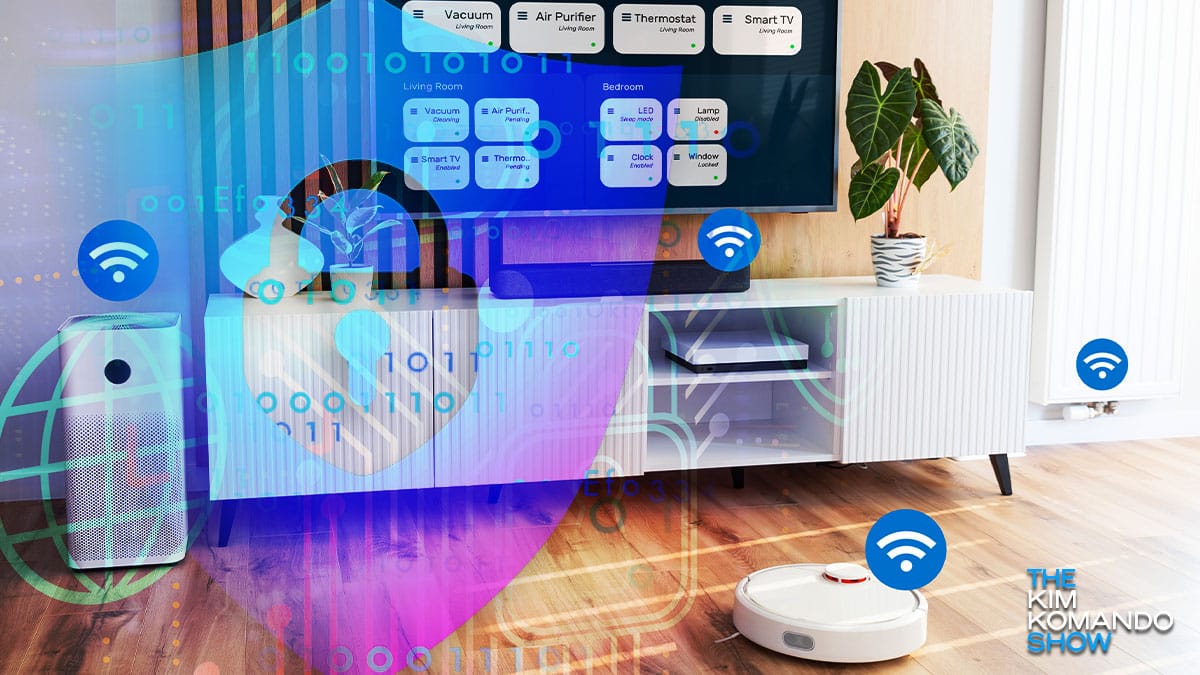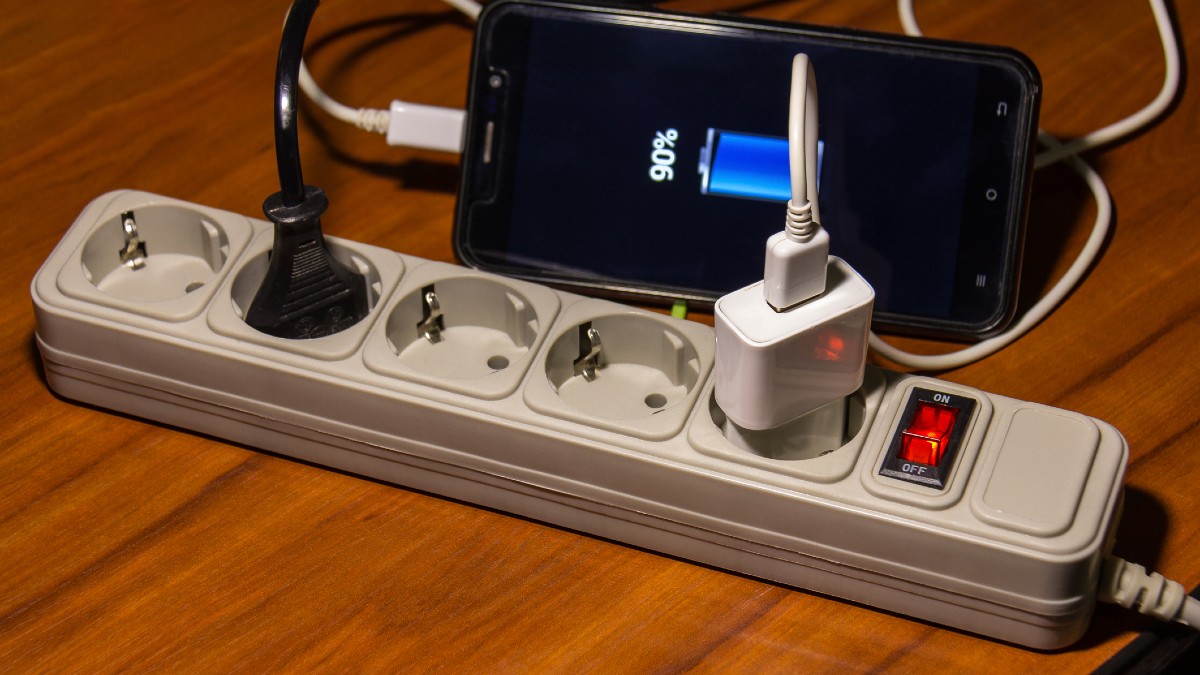U.S. Cyber Trust Mark 101: All about the latest legislation for tech products

Finally, some legislation around tech products! The White House announced its latest labeling and cybersecurity safety program: The U.S. Cyber Trust Mark.
It’s one wild world out there. Many people don’t realize the high-tech products in their homes could open them to a massive hack attack. This new program aims to help consumers identify safe Internet of Things (IoT) devices for purchase.
Here’s what you need to know about the new legislation and why it matters.
Somebody’s watchin’ me
IoT devices are everywhere today. Many families have multiple gadgets, from smart refrigerators to state-of-the-art baby monitors. The problem is that some devices have weak security systems, which puts your whole household at risk.
Take baby monitors, for example. One terrified mom discovered her Owlet baby monitors were hacked by strangers, and they did way more than watch her son. They started talking to him, too. Hackers often infiltrate household cameras either through Wi-Fi or from leaked credentials online.
The IoT device industry is booming, and with that boom comes increased cybersecurity risk. The government is finally stepping in to help consumers choose safe products for the home and workplace.
We’ve got (cyber) trust issues
The U.S. Cyber Trust Mark program will be overseen by the Federal Communications Commission (FCC). Through the program, a special mark will be placed on items proven to “adhere to best practices that make them less vulnerable to hackers and cybersecurity threats.”
It’s like the Energy Star program on many of today’s appliances. Instead of rating energy efficiency, the U.S. Cyber Trust Mark would rate an IoT device’s level of cybersecurity.
The National Institute of Standards and Technology (NIST) is also defining cybersecurity requirements for household routers, which are super-high-risk products. When a router is compromised, hackers can listen to private conversations, steal passwords and attack all linked devices.
There will also be a QR code and an identifiable mark on an approved product. You can scan the QR code to get more details about a device’s security, including information about security updates or patches.
Avoid these 10 dangerous mistakes when using power strips

You need to charge your phone, and that lamp you’re trying to plug in is too far away from the outlet. So you reach for a power strip to save the day.
But did you know there is a surprisingly long list of ways people misuse power strips? These mistakes lead to electrical shorting, fire hazards and the destruction of appliances.
Roku is cracking down on private channels (and banning porn streams)

Roku has been in a bitter tussle with Google over rights regarding YouTube TV being available to its users. If negotiations fail by December, it could see the disappearance of 85 channels from Roku.
But the platform is now bringing down the hammer on private channels. As part of the Independent Developer Kit (IDK) launch, Roku adds a beta channel to the list of available options.
Even faster delivery? Amazon's Prime Air drone fleet gets the green light

Amazon is always making headlines for its innovative developments. Over the last few years, this e-commerce giant has rolled out same-day delivery in large metro markets, one-click purchases, Amazon Alexa, and a ton of other technologically-advanced innovations that make life easier for shoppers.
Need a job? Microsoft offering free digital skills training

COVID-19 has changed many things about the world we live in, but its effect on the economy is one of the most obvious. Since the start of the pandemic, millions of jobs have either vanished or moved online entirely. And for many workers, this adjustment only adds to the stresses of maintaining stability.
